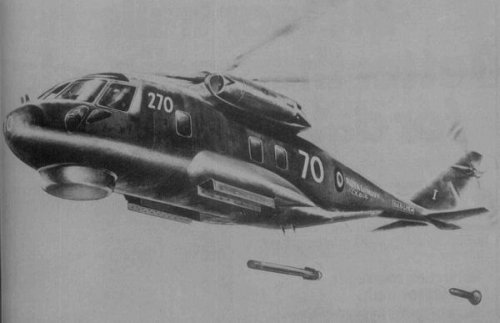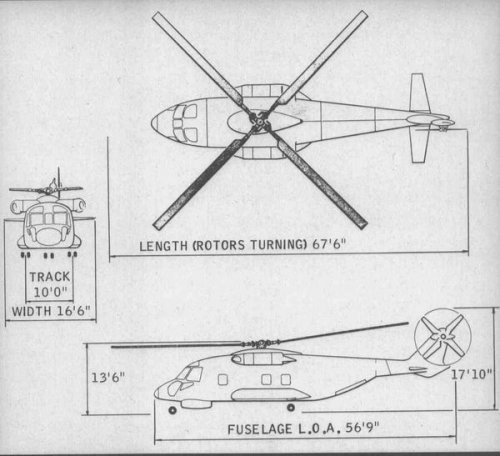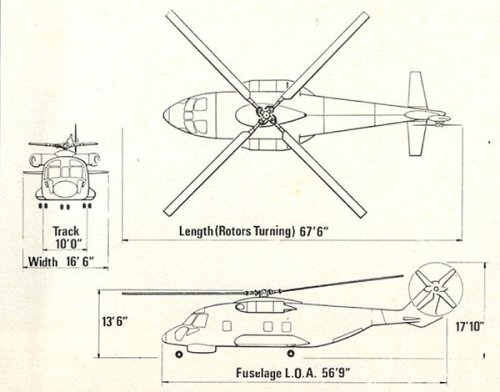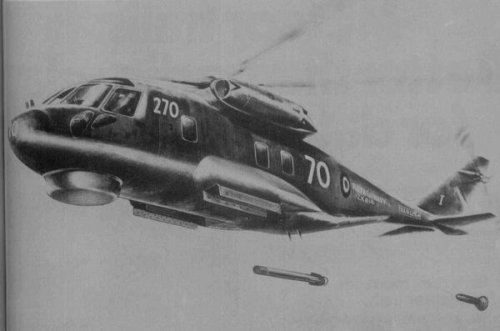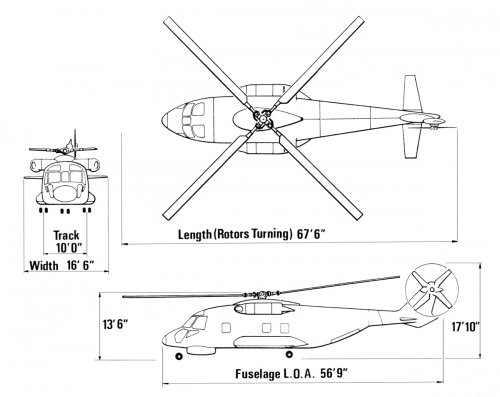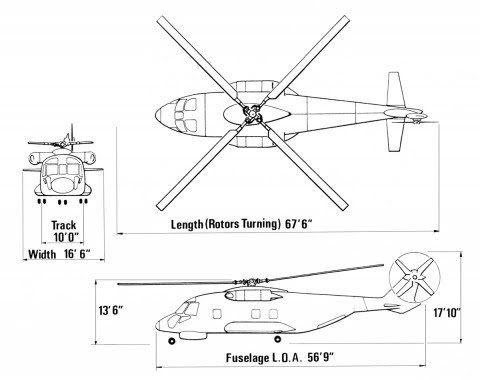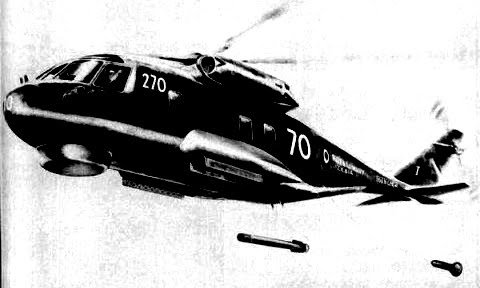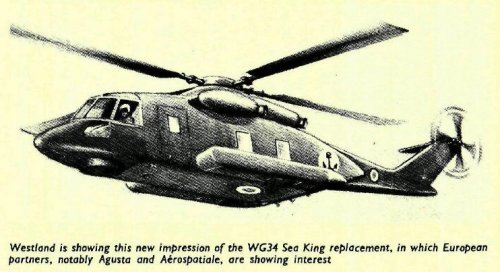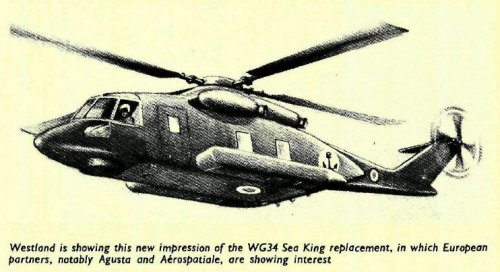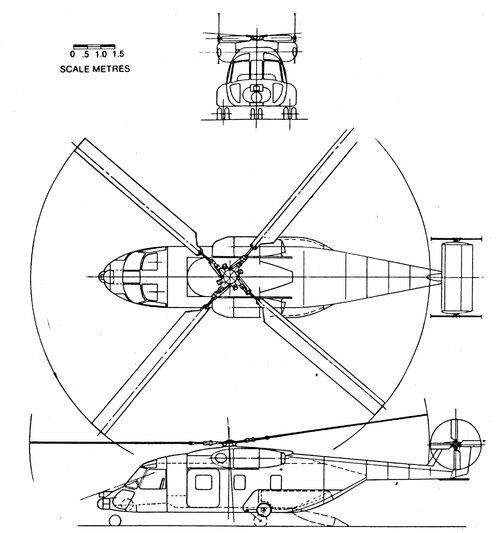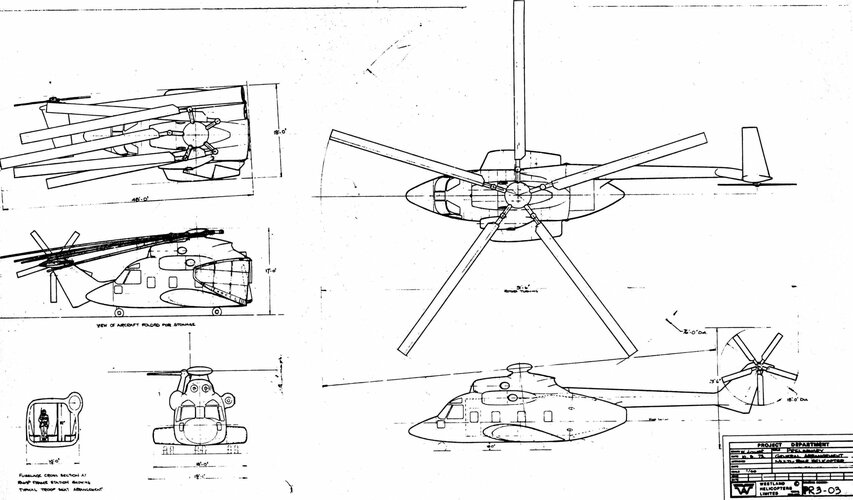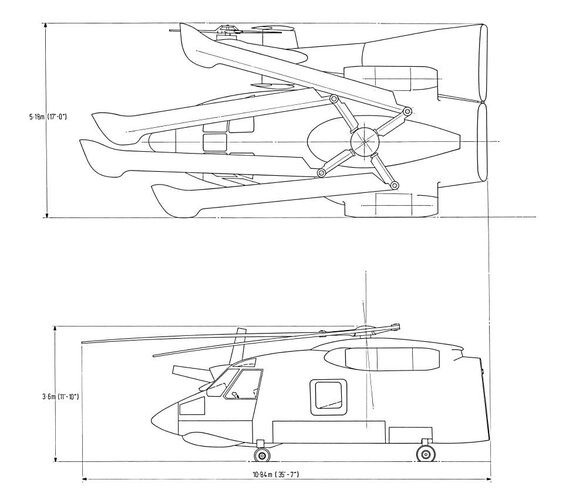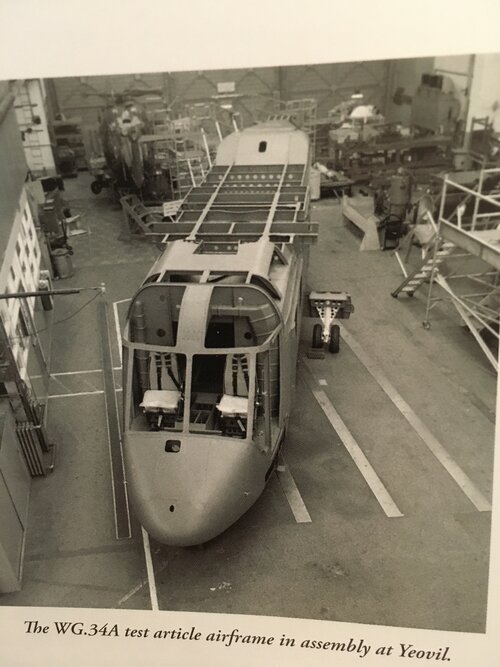- Joined
- 22 January 2006
- Messages
- 4,101
- Reaction score
- 1,663
On Aviation Magazine International Number 764 15-10-1979 I have found a reference on page 63 about Westland WG.34.
Described as an Italo-British replacement for the "Sea King" powered by General Electric T-700 engines. I'm almost sure that this WG.34 is the Merlin but anybody can confirm this?
BTW, anybody has drawings from that projects in its early stage. I have little information about the Merlin origins.
Thanks in advance
Described as an Italo-British replacement for the "Sea King" powered by General Electric T-700 engines. I'm almost sure that this WG.34 is the Merlin but anybody can confirm this?
BTW, anybody has drawings from that projects in its early stage. I have little information about the Merlin origins.
Thanks in advance

